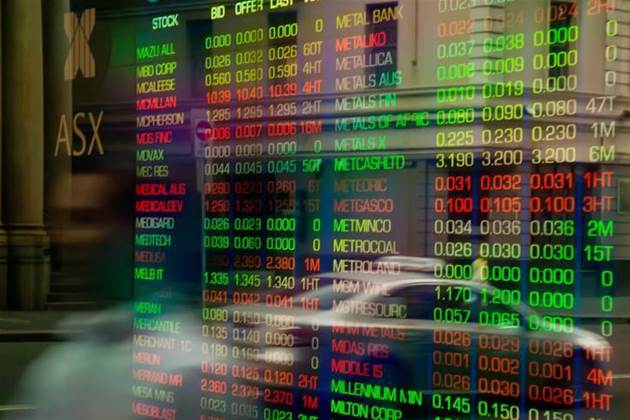You could call it the share market equivalent of Coles and Woolworths imposing purchasing limits to stop a run on toilet paper because of COVID-19 anxiety.

With financial markets oscillating wildly, Australia’s corporate watchdog on Monday moved to check violent swings in high frequency trading on the local equities market from swamping crucial infrastructure, imposing an immediate 25 percent cut in trades executed daily.
The reduction, which hits volumes rather than value, is aimed at easing pressure on post-trade processing that is starting to strain.
The Australian Securities and Investments Commission (ASIC) on Monday morning said it had “issued directions under the ASIC Market Integrity Rules to a number of large equity market participants, requiring those participants to limit the number of trades executed each day until further notice.”
The directions are essentially aimed at prevent algorithmic and high frequency trading systems used by big broking houses and investment firms from choking the post-trade settlements and clearing pipeline – essentially the reams of electronic paperwork needed to make trades real – amid unprecedented volatility.
High frequency trading works by taking big blocks of shares being traded and chopping them up into far smaller parcels - often numbering in the thousands - and then spraying them out individually.
A crude comparison is like the difference rate of dispersal between a hose and a sprinkler; a hose delivers a single solid flow of water whereas a sprinkler breaks it up into thousands of droplets.
Doing the post-trade paperwork on those little droplets is what ASIC wants to reduce by making the droplets bigger in volume.
The strains are starting to show, too.
“In addition to increasing volumes, Australia’s equity markets have seen exponential increases in the number of trades executed, with a particularly large increase in trades last Friday 13 March," ASIC said.
“While there was no disruption to market operations on Friday, there was a significant backlog of work required to be undertaken over the weekend by the exchanges and trading participants.”
With trading volatility and volumes set to continue for the foreseeable future, ASIC wants traders to pull back the volume rather than the value of trades so that post-trade paperwork doesn’t pile up to the point it runs behind and hinders market operations.
“This action will require high volume participants and their clients to actively manage their volumes,” ASIC said.
“We do not expect these limits to impact the ability of retail consumers to execute trades.”
The move by ASIC comes as market operator, the Australian Securities Exchange, told most staff to work from home after a worker at its headquarters tested positive for COVID-19.
“As a further precautionary measure to minimise the risk of the virus spreading, ASX has enacted the next phase of its business continuity plan (BCP),” the ASX said in an earlier statement.
“We’ve asked our employees across our various sites – Bridge Street, the Australian Liquidity Centre (ALC), secondary data centre, and interstate and overseas offices – to work remotely until further notice.”



.png&h=140&w=231&c=1&s=0)





_(26).jpg&w=100&c=1&s=0)

 iTnews Executive Retreat - Security Leaders Edition
iTnews Executive Retreat - Security Leaders Edition












_(1).jpg&h=140&w=231&c=1&s=0)



